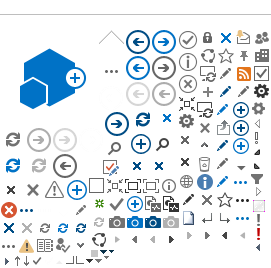Updated 12 April 2007
Alternatives to orchidectomy are appropriate when patients refuse surgery, when surgery is contraindicated or in candidates where reversible agents are indicated (i.e. intermittent androgen suppression or neoadjuvant therapy). The goal of medical therapy is to achieve castrate levels of testosterone. The medical equivalents of surgical castration include:
The initial stimulation of the pituitary caused by LHRH agonists produces an acute increase in the concentration of plasma testosterone accompanied by symptoms and signs of a flare reaction in 5 to 10 percent of patients. To avoid the flare reaction, the nonsteroidal antiandrogen bicalutamide (50 mg daily) or flutamide (250 mg t.i.d) should be given concurrently with the first administration of LHRH agonists to block the flare reaction. Nilutamide (150 mg daily) is reserved for patients who are unable to tolerate bicalutamide or flutamide (a class II form must be submitted before this is dispensed to the patient).
Alternatively, cyproterone acetate 100 mg bid should be given as lead-in therapy for three to four weeks prior to the first dose of LHRH agonist.
Since the danger of a flare reaction abates after the second week following LHRH agonists, there is currently a lack of convincing evidence for continuous antiandrogens after the first month of therapy. Side effects of LHRH agonists include loss of libido, impotence, hot flushes, and rarely local tissue reaction at the injection site.

